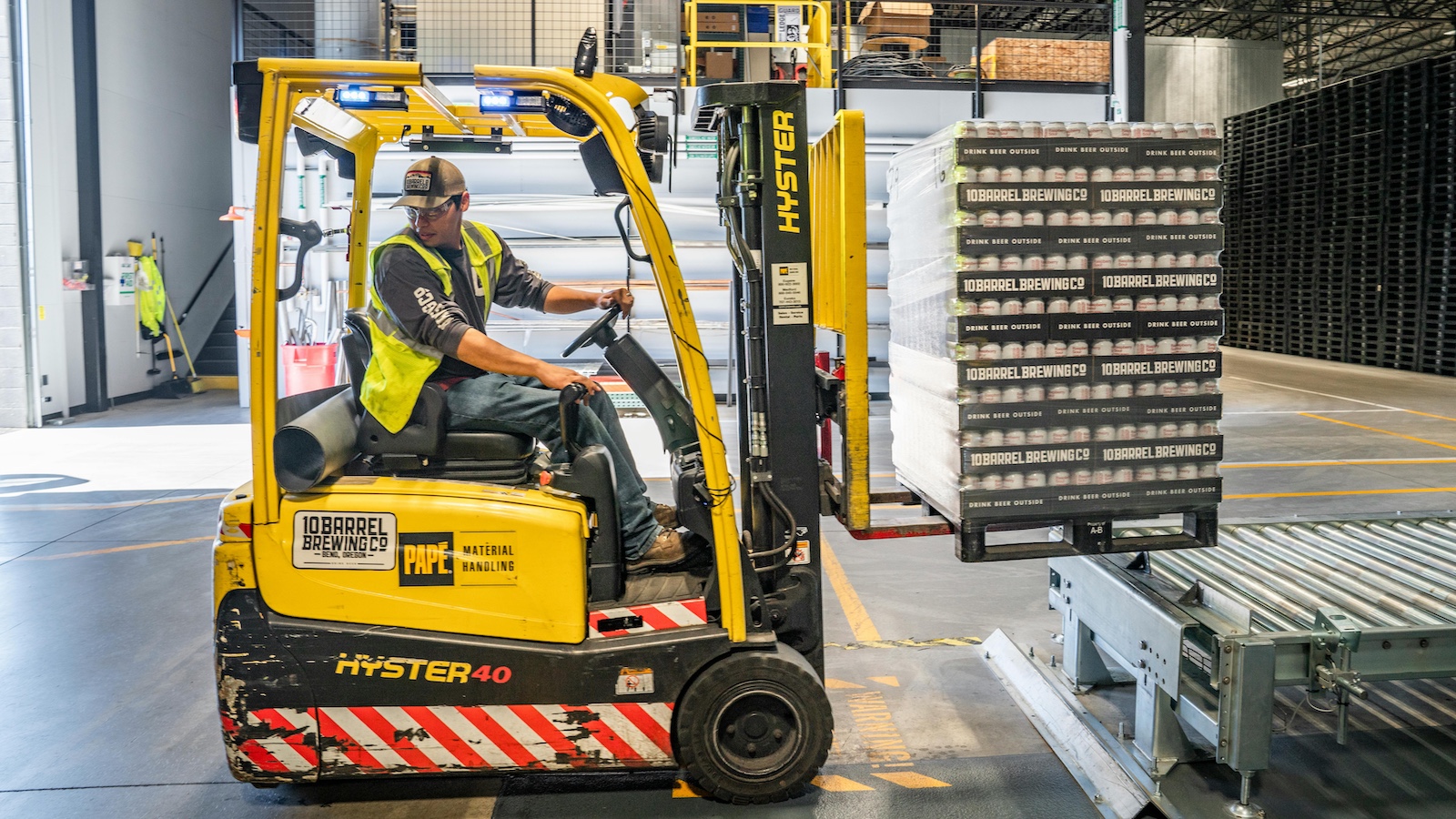Despite decades of progress in the construction industry, falls, electrocutions, struck-by incidents, and equipment accidents remain persistent threats.
Recent rule changes and proposed revisions by the Occupational Safety and Health Administration (OSHA) signal a new chapter in how construction risk is managed, with important implications for insurers, project owners, and risk managers.
A Changing Regulatory Landscape
In 2025, OSHA rolled out several important changes while also proposing revisions that could reshape construction safety oversight. Some updates expand employer responsibilities, while others reflect a deregulatory push that may limit the agency's scope.
One key update is OSHA's clarification that personal protective equipment (PPE) must properly fit each worker in construction. While this requirement already applied to general industry, extending it to construction closes a gap. For risk managers, this elevates the importance of properly sized and regularly inspected PPE, along with training programs to ensure correct use. A poorly fitted harness or gloves that compromise grip are not just inconveniences—they can contribute to serious accidents.
At the same time, OSHA has floated proposals to narrow the agency's ability to cite employers under the general duty clause for hazards considered "inherent and inseparable" from the work. If finalized, this proposal could reduce citation exposure while leaving liability questions to civil litigation and insurers.
Compliance vs. Liability
For construction firms, OSHA standards provide the compliance baseline. But the combination of stricter requirements in some areas and deregulation in others complicates how that baseline is applied.
The PPE rule requires more effort—auditing fit, keeping records, and replacing gear as needed. Yet rollbacks in other areas may reduce citation risks without lessening exposure to lawsuits, reputational harm, or higher insurance costs. Simply meeting OSHA minimums is no longer enough.
This is especially true when negotiating with project owners or lenders. Many financing agreements now include provisions requiring strict adherence to safety best practices, regardless of federal minimums. A contractor that cannot demonstrate robust safety protocols may find it harder to secure financing, bonding, or competitive insurance premiums. Insurers in particular are becoming more data-driven, reviewing near-miss logs, audit frequency, and worker participation rates in training before underwriting coverage.
Documentation as Defense
In this environment, documentation becomes a critical defense. Showing that hazards were assessed, PPE was fitted and issued, and workers were trained can be decisive during inspections, audits, or litigation.
Firms should adopt systems that track:
- Equipment inspections and replacements
- Worker training attendance
- Near-miss reporting and corrective actions
- Site-specific hazard assessments
These measures reduce incidents and provide evidence of due diligence when an accident occurs. In disputes, the ability to produce consistent, timestamped records often makes the difference between a manageable claim and a costly judgment.
Contracts and Insurance Implications
As OSHA standards shift, construction contracts and insurance terms will need updating. Prime contractors may strengthen indemnification clauses, requiring subcontractors to assume more responsibility for compliance. General liability and workers' compensation carriers may also revise underwriting criteria, placing more emphasis on leading safety indicators than on lagging ones such as past injury rates.
Risk managers should also prepare for state-level variation. While federal rules may loosen, states can add stricter requirements of their own. For multi-state contractors, this patchwork creates added complexity, making tailored strategies essential.
The Human and Legal Costs
While rule changes shift compliance obligations, the risks on construction sites remain the same. Beyond OSHA fines or project delays, a serious accident can devastate workers and families. A fatal incident may also lead to wrongful death claims, which carry enormous financial and reputational costs. Even in a deregulated environment, courts remain unforgiving when safety failures cause preventable loss of life.
For risk managers, this reality underscores why safety investments are not just about regulatory compliance but about protecting human lives and organizational sustainability.
Strategic Takeaways for Risk Managers
- Don't Rely Solely on OSHA Minimums. With some standards loosening, firms should adopt best practices that go further to protect construction workers and reduce liability.
- Prioritize PPE Programs. Review procurement policies, inventory, and training to ensure every worker has properly fitted equipment.
- Invest in Safety Culture. Toolbox talks, safety meetings, and open reporting systems help identify risks before they escalate.
- Revisit Contracts and Insurance. Make sure indemnity provisions, audit rights, and bonding requirements reflect today's regulatory landscape.
- Plan for the Worst-Case Scenario. Every firm should have a fatality response protocol, including rapid OSHA reporting, communication strategies, and legal coordination.
Conclusion
The construction industry is entering a period of regulatory flux, with OSHA tightening requirements in some areas while easing them in others. For risk managers, this makes it essential to look beyond compliance thresholds and focus on building resilient safety systems. Proper PPE fit, robust documentation, contractual safeguards, and a strong safety culture will define effective risk management strategies in the years ahead.
Ultimately, the cost of non-compliance—or worse, a fatal accident—is far greater than any penalty. Firms that treat OSHA updates as opportunities to strengthen safety practices will not only reduce liability but also protect their most valuable asset: their workforce.







